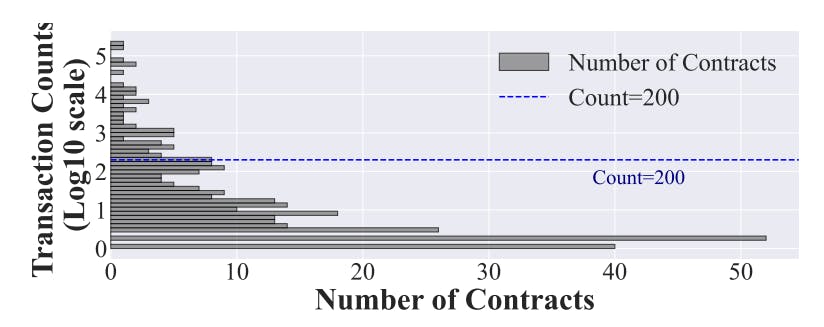
"The Vulnerability Detector analyzes contract states through three phases: Whitelisted Verification Examination, External Call Check, and Post-call State Modifications to identify exploitable vulnerabilities."
"Phase I ensures only contracts passing whitelisted verification proceed. In Phase II, only external calls with true returns are assessed, minimizing resource usage."
"Phase III focuses on modifications post-external call, specifically targeting address verification vulnerabilities. This structured approach effectively detects exploitable states in contracts."
The Vulnerability Detector determines contract vulnerabilities using a systematic three-phase approach. Phase I verifies whitelisted addresses, filtering out contracts that do not qualify. Phase II assesses external calls, allowing only those with true return values to advance, reducing unnecessary resource consumption. Finally, Phase III examines modifications to contract states after external calls, specifically targeting address verification issues. This structured methodology effectively identifies exploitable vulnerabilities within smart contracts, enhancing the security assessment process.
#smart-contracts #vulnerability-detection #ethereum-security #address-verification #blockchain-analysis
Read at Hackernoon
Unable to calculate read time
Collection
[
|
...
]